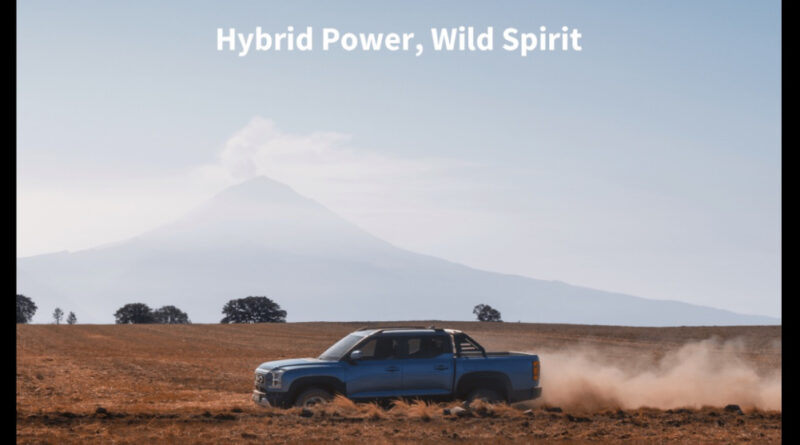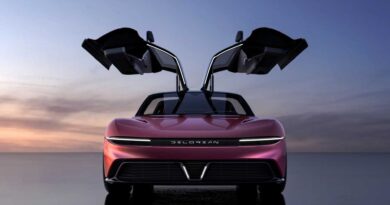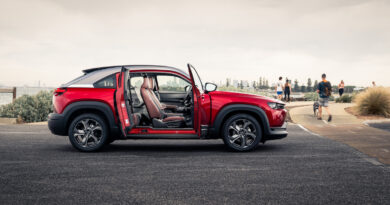2024 BYD Shark revealed: Plug-in petrol dual-cab wants to decimate diesel
The 2024 BYD Shark has been revealed without camouflage, with the plug-in petrol dual cab’s launch timing now officially revealed.
The ute that will take on the Ford Ranger, Toyota HiLux and Isuzu D-Max was a surprising no-show at the Beijing Motor Show last month, and we now know that the brand will officially launch the ute in Mexico on May 14.
But in the lead-up to that event, BYD has given us our first proper look at its PHEV ute, with the Shark pictured off-road as part of the promotion for its launch.
READ MORE: Shark bites: BYD continues teasing roll-out of Aussie-bound dual-cab ute
READ MORE: BYD’s staggering Australian ambitions: Electrified mega-brand plans sales explosion and new model avalanche
Which is why we know the front-end is a tough and squared-off number with a blacked-out grille with big BYD lettering across the middle. The headlights are vertically stacked, and the underbody protection is finished in silver. The rear lights match the front, while roof rails, a tub liner and a sports bar appear – at least on the upper-spec models.
The international launch timing led us to believe that an Australian debut could occur as early as May 16, with BYD in Australia hosting a local launch even for its Sealion 6, but it’s understood the brand will keep the ute in the shadows to keep the focus on its RAV4 Hybrid-fighting PHEV SUV.
That said, we do know the brand has a Shark in the country for testing, so expect a local debut to occur in the not-too-distant future.
As previously reported, the Shark has been built on BYD’s DMO ladder-frame platform that was specifically designed for plug-in hybrid tech, and which packages its high-tech Blade battery pack between the rails.
It’s understood the BYD will offer the Shark with either a 1.5-litre turbo or 2.0-litre turbo engine that will be mounted longitudinally. Both are compatible with its Xiaoyun plug-in hybrid system that packages an 18.3kWh battery and could provide for an all-electric driving range of up to 100km. Maximum power for the smaller engine is 143kW, while the larger 2.0-litre turbo kicks out around 245kW. Fuel economy is quoted at 7.8L/100km, while total driving range of up to 1200km is anticipated.
All of which makes BYD Australia’s Luke Todd confident the brand’s first ute will jump to the top of the pile in Australia, despite the quality of its competition.
“(HiLux and Ranger) have been around for a long time. We respect them, but we don’t fear them,” he says.
“Just look at the platforms that are being built (in China). Look at the Seal – this is better technology than anything that’s coming out from any other automotive manufacturer in the world.
“It’s why we’ve got so much confidence in the pick-up. It’s the same thing – it’s a ground-up platform that’s been purposely built, same design team, and then we’ve had the Australian influence as well as some American influence as well because of their desire for pick-ups.
“So that’s why we’re confident for best-in-class.”




